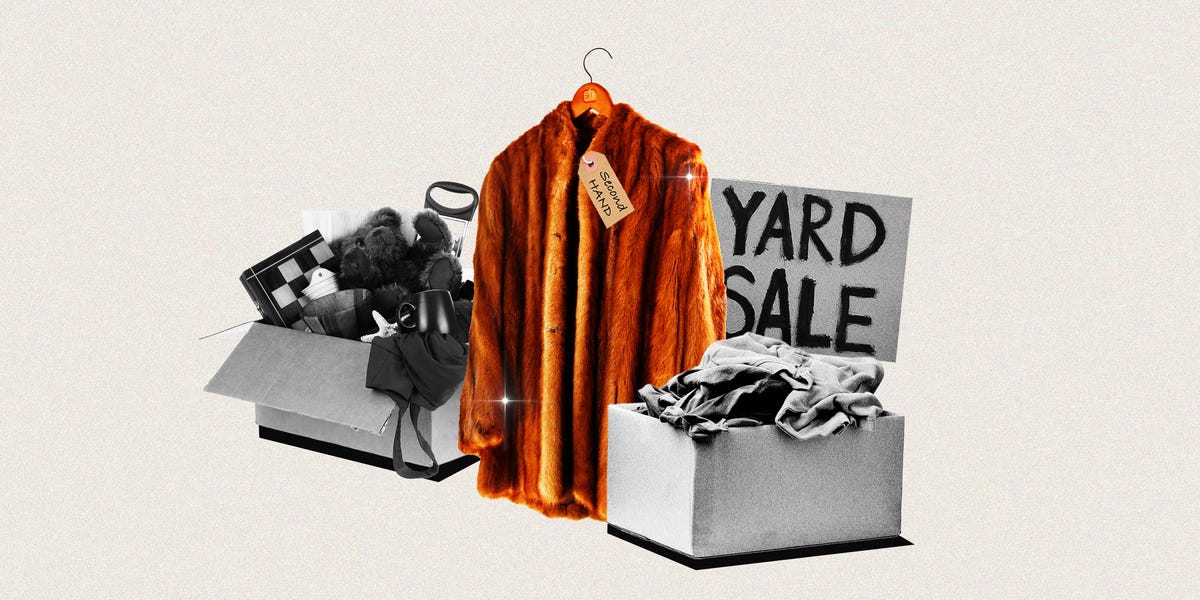Secondhand shopping has evolved from a niche activity to a mainstream trend. Consumers are increasingly drawn to the affordability, uniqueness, and environmental benefits of purchasing pre-owned items. Companies are enhancing the secondhand shopping experience, particularly online, making it more appealing and accessible. Brands are embracing resale, and more consumers are willing to participate. In an era where possessions reflect personal identity and trends change rapidly, thrifting has become fashionable.
As economic uncertainty grows, secondhand shopping may gain even more traction. There are no tariffs on vintage items, and if a recession occurs, more people might seek lower prices and sell their own items. Manish Chandra, CEO of Poshmark, notes that secondhand shopping provides a sustainable and economical way to shop, as well as a means to monetize one’s closet.
Resale platforms like ThredUp, Poshmark, Facebook Marketplace, and Craigslist have proliferated. Consumers enjoy the thrill of discovery and deals. Dylan Carden, an analyst at William Blair, attributes this trend to the US consumer’s perpetual desire for bargains. Over the last decade, the stigma associated with secondhand goods has diminished, especially among younger generations who view it as a fun online activity.
A Morning Consult survey found that half of US consumers shopped secondhand in the past three months, with clothing being the most popular category. The US secondhand apparel market grew by 14% in 2024 and is projected to reach $74 billion by 2029. Claire Tassin, a retail analyst, highlights that social media trends and economic pressures drive more casual participation in secondhand shopping.
Despite its appeal, secondhand selling poses logistical and profitability challenges. Peer-to-peer models like eBay and Poshmark connect buyers and sellers without inventory risk but require scale. Inventory-based models like ThredUp and The RealReal face sorting, storage, and verification issues. REI’s Re/Supply program exemplifies how brands integrate resale into their business models, though it requires individual item inspection and creates supply fluctuations.
Technology, including AI, is improving the resale experience. Platforms like Depop use AI to enhance photos, while Poshmark’s “smart list” tool simplifies listings. The RealReal uses AI to detect counterfeits, and ThredUp’s AI tool helps buyers find items matching specific styles.
Tariffs and economic concerns impact the secondhand market. While tariffs may shift consumer behavior toward resale, a recession could reduce discretionary spending. However, secondhand shopping offers a way to avoid tariff-related price increases. Some experts predict a potential boom in secondhand shopping due to the high volume of imported clothing in the US.
Ultimately, the resale industry aims to convert skeptics into participants, fostering a circular economy. Whether motivated by environmental concerns, unique finds, or affordability, secondhand shopping continues to grow in popularity.
— new from Business Insider
